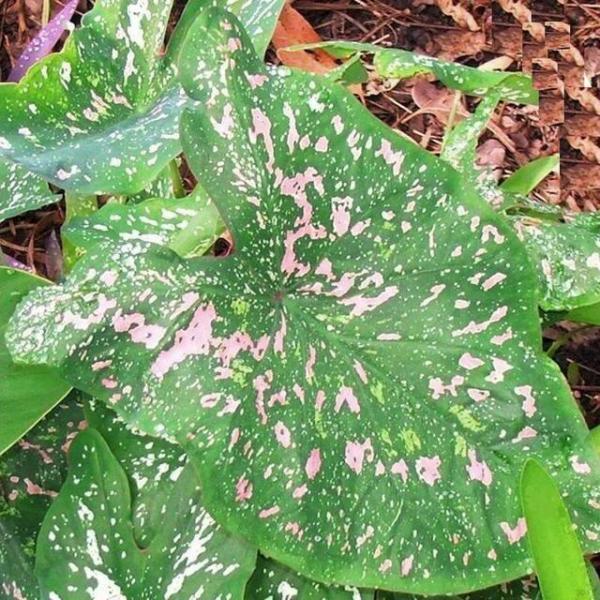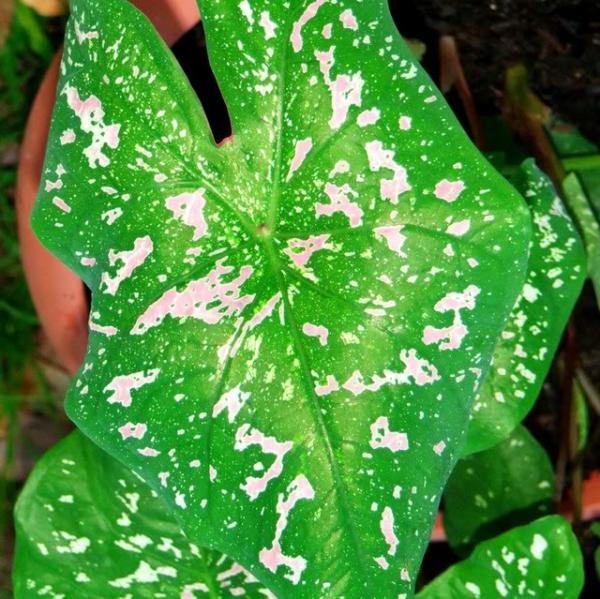Array
(
[0] => Array
(
[id] => 410
[is_published] => 1
[websiteID] => 5
[url] => /articles/external-privacy-screens.php
[page_status] => Published
[number_of_ads] => 2
[can_use_editor] => 1
[last_modified_date] => 2013-09-10 00:00:00
[last_modified_by] => Alan
[checked_for_duplicate_content] =>
[title] => External privacy screens
[heading] => External privacy screens
[meta_description] => External privacy screens began to appear in Australian residential and commercial building during the 1950's and 1960's, as a direct result of high density living and higher incomes. For more information and some examples read this article.
[article_category_1] => Landscaping
[article_category_2] =>
[article_category_3] =>
[article_category_4] =>
[article_category_5] =>
[business_category_1] => Landscaper
[business_category_2] => Nursery
[business_category_3] => Garden Designer
[business_category_4] => Landscape Architect
[business_category_5] =>
[number_of_google_mrecs] => 1
[show_google_ad_bottom_of_page] => 1
[show_get_quotes_top_of_page] => 1
[show_get_quotes_rhs_of_page] => 1
[show_directory_search_widget] => 1
[show_trending_content_widget] => 1
[show_facebook_widget] => 1
[show_further_reading_section] => 1
[show_sponsors_section] => 1
[show_top_article_ad] => 1
)
[1] => Array
(
[id] => 577
[is_published] => 1
[websiteID] => 5
[url] => /gardening/top-plants-for-hedges-and-screens.php
[page_status] => Published
[number_of_ads] => 2
[can_use_editor] => 1
[last_modified_date] => 2014-01-29 00:00:00
[last_modified_by] => Alan Bron
[checked_for_duplicate_content] =>
[title] => Top plants for hedges and screens
[heading] => Top plants for hedges and screens
[meta_description] => Hedges and screens in gardens create privacy or screen out an unwanted view. Learn about which plants are best for this.
[article_category_1] => Gardening
[article_category_2] => Landscaping
[article_category_3] =>
[article_category_4] =>
[article_category_5] =>
[business_category_1] => Landscaper
[business_category_2] => Garden Supplies
[business_category_3] =>
[business_category_4] =>
[business_category_5] =>
[number_of_google_mrecs] => 0
[show_google_ad_bottom_of_page] => 0
[show_get_quotes_top_of_page] => 0
[show_get_quotes_rhs_of_page] => 0
[show_directory_search_widget] => 0
[show_trending_content_widget] => 1
[show_facebook_widget] => 1
[show_further_reading_section] => 1
[show_sponsors_section] => 1
[show_top_article_ad] => 1
)
[2] => Array
(
[id] => 522
[is_published] => 1
[websiteID] => 5
[url] => /gardening/dealing-with-possums-in-the-garden.php
[page_status] => Published
[number_of_ads] => 3
[can_use_editor] => 1
[last_modified_date] => 2013-09-16 00:00:00
[last_modified_by] => Alan
[checked_for_duplicate_content] =>
[title] => Dealing with possums in the garden
[heading] => Dealing with possums in the garden
[meta_description] =>
[article_category_1] => Gardening
[article_category_2] =>
[article_category_3] =>
[article_category_4] =>
[article_category_5] =>
[business_category_1] => Landscaper
[business_category_2] => Garden Maintenance
[business_category_3] => Garden Supplies
[business_category_4] => Garden Designer
[business_category_5] => Garden Tools
[number_of_google_mrecs] =>
[show_google_ad_bottom_of_page] =>
[show_get_quotes_top_of_page] =>
[show_get_quotes_rhs_of_page] =>
[show_directory_search_widget] =>
[show_trending_content_widget] =>
[show_facebook_widget] =>
[show_further_reading_section] => 1
[show_sponsors_section] => 0
[show_top_article_ad] => 1
)
[3] => Array
(
[id] => 521
[is_published] => 1
[websiteID] => 5
[url] => /gardening/attracting-fauna-to-your-garden.php
[page_status] => Published
[number_of_ads] => 3
[can_use_editor] => 1
[last_modified_date] => 2013-09-16 00:00:00
[last_modified_by] => Alan
[checked_for_duplicate_content] =>
[title] => Attracting fauna to your garden
[heading] => Attracting fauna to your garden
[meta_description] => This article explains how you can attract native australian wildlife to your garden.
[article_category_1] => Gardening
[article_category_2] =>
[article_category_3] =>
[article_category_4] =>
[article_category_5] =>
[business_category_1] => Landscaper
[business_category_2] => Garden Maintenance
[business_category_3] => Garden Supplies
[business_category_4] => Garden Designer
[business_category_5] => Garden Tools
[number_of_google_mrecs] =>
[show_google_ad_bottom_of_page] =>
[show_get_quotes_top_of_page] =>
[show_get_quotes_rhs_of_page] =>
[show_directory_search_widget] =>
[show_trending_content_widget] =>
[show_facebook_widget] =>
[show_further_reading_section] => 1
[show_sponsors_section] => 0
[show_top_article_ad] => 1
)
)
Plant description
Caladium 'Florida Elsie' has green leaves splotched with pink. It is a good landscape variety of caladium, as it is a large variety with strong growth. Caladiums are tropical plants grown for their beautiful foliage, and like warmth and humidity. They grow from an underground corm that dies down in winter, and will resprout in spring. They can be grown as pot plants, as a specimen plant or as massed colour for shaded tropical or sub-tropical areas. In cooler areas they can be grown in greenhouses, patios or indoors, or if grown in the garden, they can be lifted as they die down and replanted in spring. Store the tuber in dry peat moss or hang in a mesh bag in a protected place.
Caladiums like protection from full sun. They should have regular watering to keep the soil moist, but over watering can lead to rotting of the corm. Regular fertilising with half strength liquid fertiliser will give sturdy growth.
Propagation is by offsets from larger corms.
All parts of the plant are poisonous and should not be ingested.
Additional plant information
Flowers
Flower colour: not specified
Flowering season: not specified
Plant size
Maximum height: 0.7 metres
Minimum height: not specified
Maximum width: 0.5 metres
Minimum width: not specified
Sunlight, frost & salt tolerance
Will tolerate partial sunlight.
Light frost tolerance.
Plant is not salt tolerant.
Fauna attracting?
Not specified.
Climate
This plant species will grow in the following climates: temperate, subtropical, tropical.
Soil types & conditions
Loam: moist, well-drained.
Clay: not specified.
Sand: moist.
Miscellaneous information
Planting season: Late winter to early spring.
Types of fertiliser: Half strength liquid fertiliser applied through the warmer months.
Find a nursery
Search for another plant


